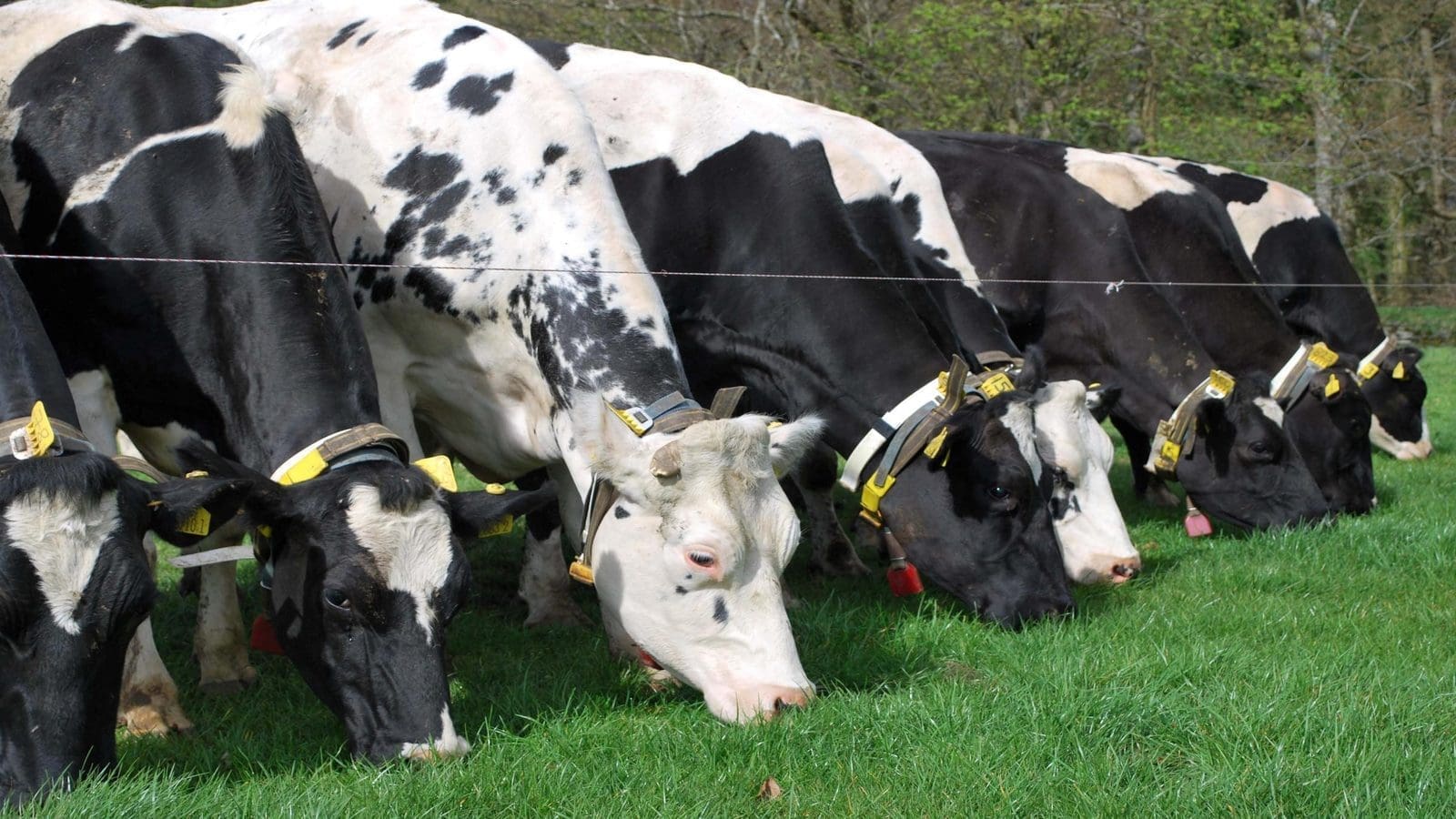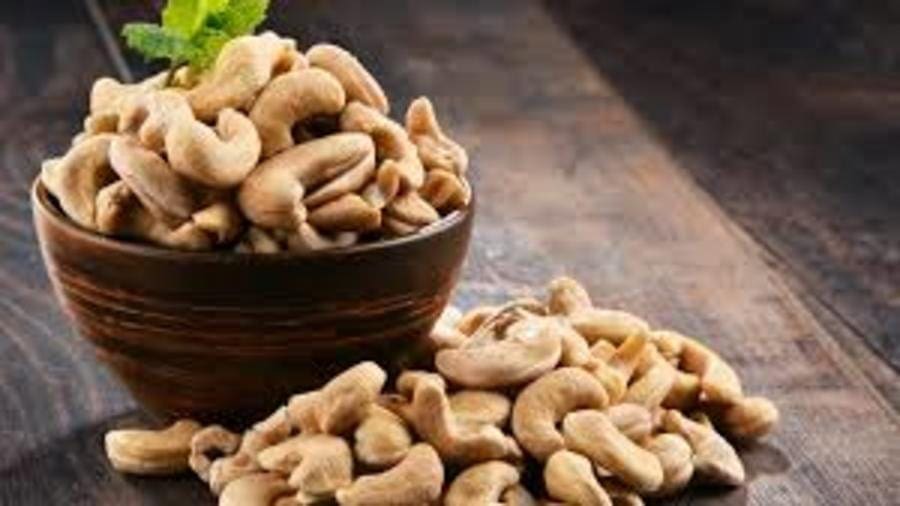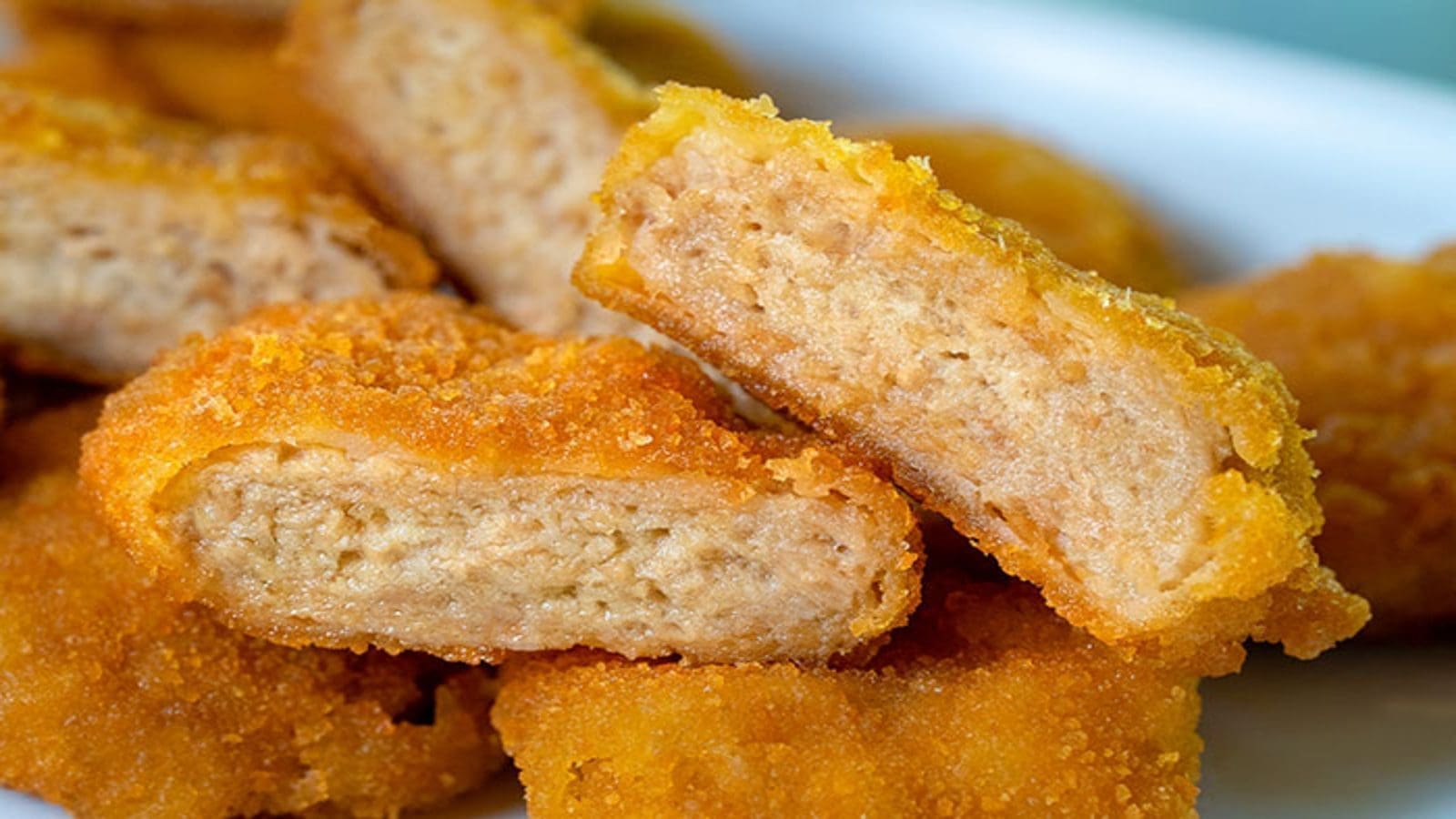ARGENTINA – Dairy production in Argentina is expected to another 3 or 4 years to reach the peak levels experienced in 2015, according to a Global Agricultural Information Network report from the Foreign Agricultural Service of the US Department of Agriculture (USDA).
Although the dairy industry in Argentina is experiencing some growth in milk production, USDA officials are not optimistic about the sector’s quick recovery as the lack of cows is still felt, after 6 years from the peak of 2015.
In addition, the impact of the increase of cereals worldwide is also set to add cost to primary milk production in Argentina, reducing the fast growth of the dairy industry.
Fluid Milk is estimated to witness a growth of +1.5% per year with the increasing influence of large dairy farms’ growth of 10,000 lt/day for the forecasted period of 2022 and 2023.
The forecast data show that the production of fluid milk in 2022 stands at 12.26 million metric tons from 12 million tons in 2021.
The increase of large dairy farms and technical improvements are the drivers of the current and expected production for 2023.
Dry Whole Milk Powder processing has been less in Argentina in the first two months of the year where the sum of increased processed stocks gives 84,898 tons versus 81,224 tons in the first two months of 2021, stocks that decrease with the higher exports in March.
The processing is growing even with slightly higher stocks and lower exports due to either the war, the shutdown of China due to the outbreak of COVID, or the lack of containers.
Cheese production includes 20% from registered SMEs, in 2022 between the Russian war (Russia 2nd world importer) and the Chinese lockdown (China 1st world importer), the market was reduced.
The report hopes by 2023 the market will be normalized considering that half of the Argentine milk goes into cheese and half of it is SME cheese, which is currently with good sales and low stocks.
The volumes for butter are low values but comparatively the same in 2023 as the production amount for 2022.
Meanwhile, the prevailing extraordinary factors make it difficult to estimate exports for the rest of the year and the coming year.
The situation is further worsened by China introducing confinement measures in its two largest cities, Beijing and Shanghai in an intransigent attempt to end the outbreaks of covid-19.
Also, the economic restrictions imposed on Russia complicate export estimates, since Russia is the second-largest importer of dairy products in the world and the issue of containers is still in force, affecting mainly Europe.
Liked this article? Subscribe to Food Business Africa News, our regular email newsletters with the latest news insights from Africa and the World’s food and agro industry. SUBSCRIBE HERE.










